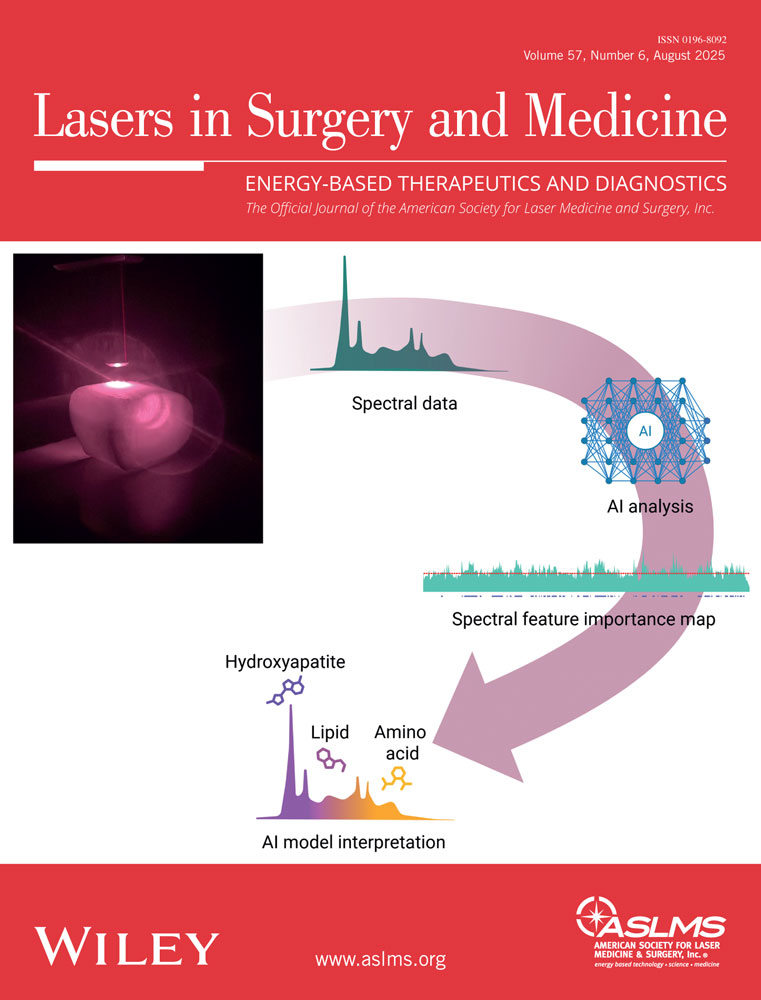Histological study of hair follicles treated with a 3-msec pulsed ruby laser
Abstract
Background and Objective
Ruby laser energy at 694 mn is moderately absorbed by melanin and minimally absorbed by other skin chromophores. This property and its depth of penetration into dermis permit absorption into pigmented hair follicles, thus making it suited to photothermolysis of these appendages. Clinical reports of the efficacy of such lasers for removal of unwanted hair are emerging in large numbers, but scientific data regarding the exact mechanism of action is still lacking. This study aims to evaluate and define further the histological responses of hair follicles to 3-msec pulsed ruby laser light.
Study Design/Materials and Methods
Twenty-four patients with brown or black axillary or groin hair were treated with a 3-msec ruby laser at fluences from 10 to 40 J/cm2 on one, two, or three occasions. Biopsies were taken at various intervals from immediately to 8 weeks after treatments. Biopsies were fixed and stained with either nitroblue tetrazolium chloride or hematoxylin and eosin for histological examination.
Results
One treatment induced changes typical of catagen followed by telogen at all fluences. The papillae always remained viable. Two and three treatments resulted in atypical telogen, with infundibular dilatation and plugging, and marked proliferation of the stem outer sheath. New anagen follicles were evident even after three treatments at 12- and then 8-week intervals and were biopsied 6 weeks later, but there were no hairs extending to or through the epidermis.
Conclusion
There was no evidence of permanent follicle death after one ruby laser treatment. However, despite evidence of persistence of follicular elements after two and three treatments, it is possible that laser-induced damage to the isthmus and upper stem may interfere with the interaction between dermal and epidermal germinative cells, thus inhibiting or altering the normal hair cycle. Lasers Surg. Med. 24:142–150, 1999. © 1999 Wiley-Liss, Inc.




